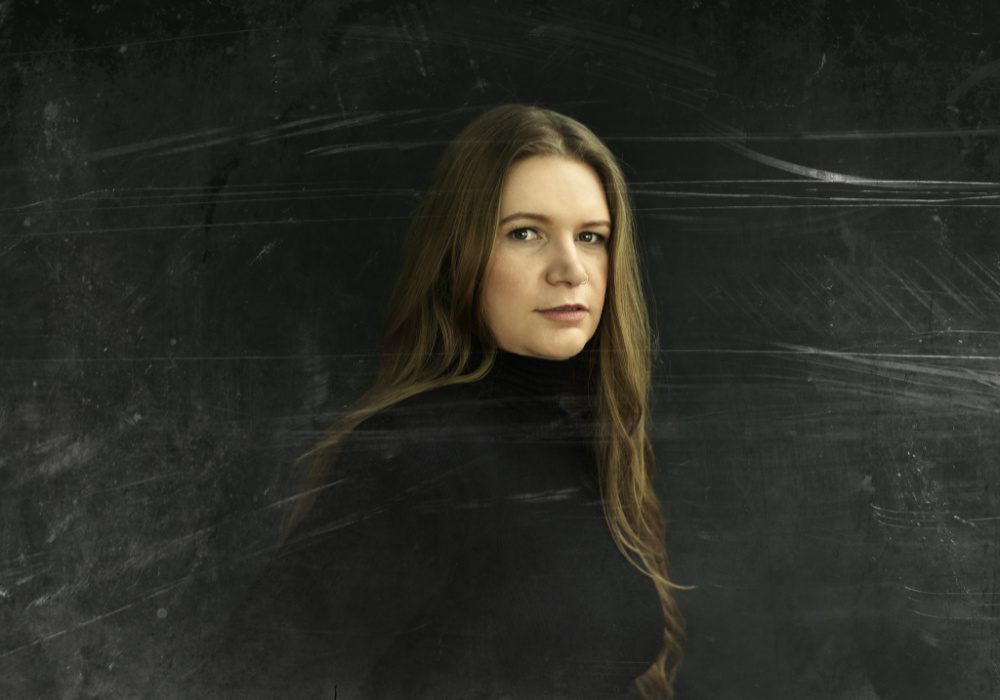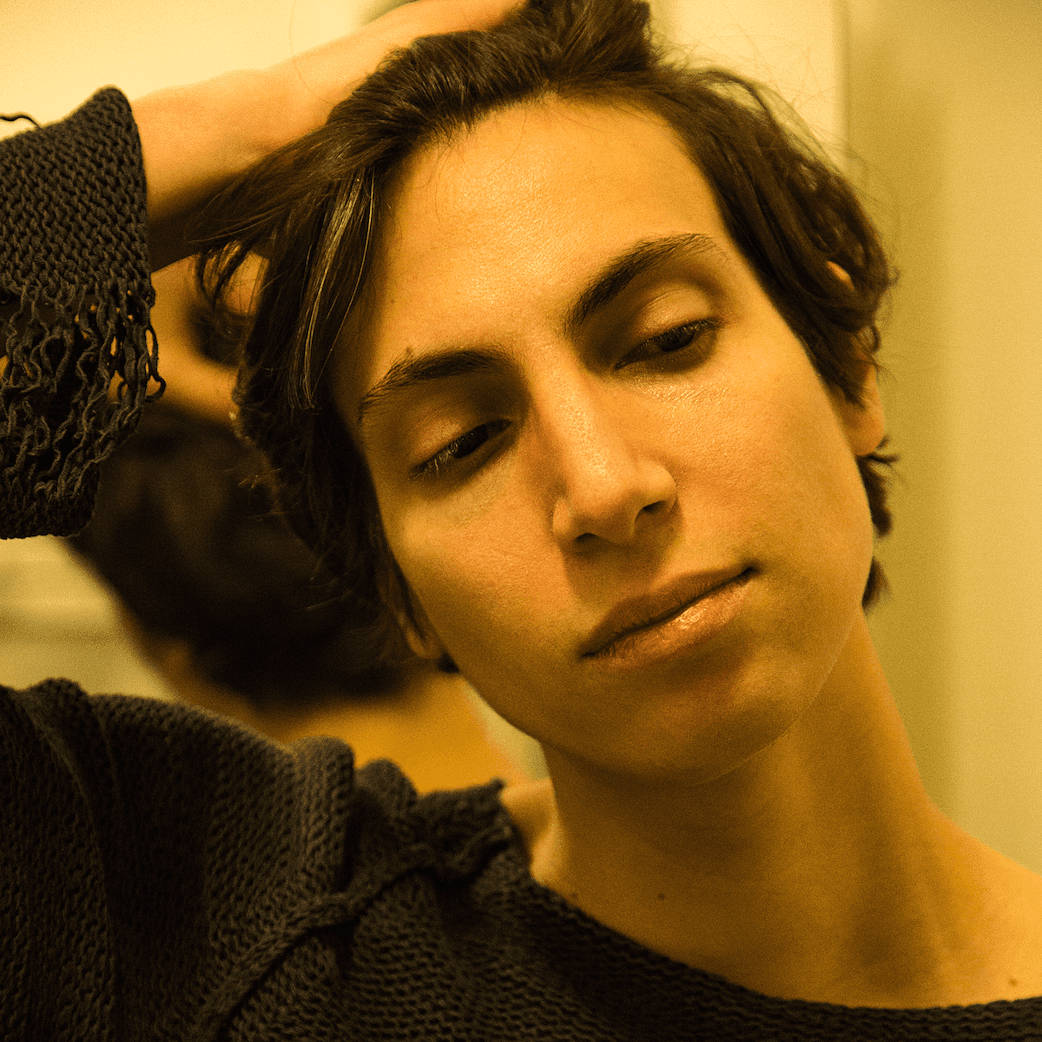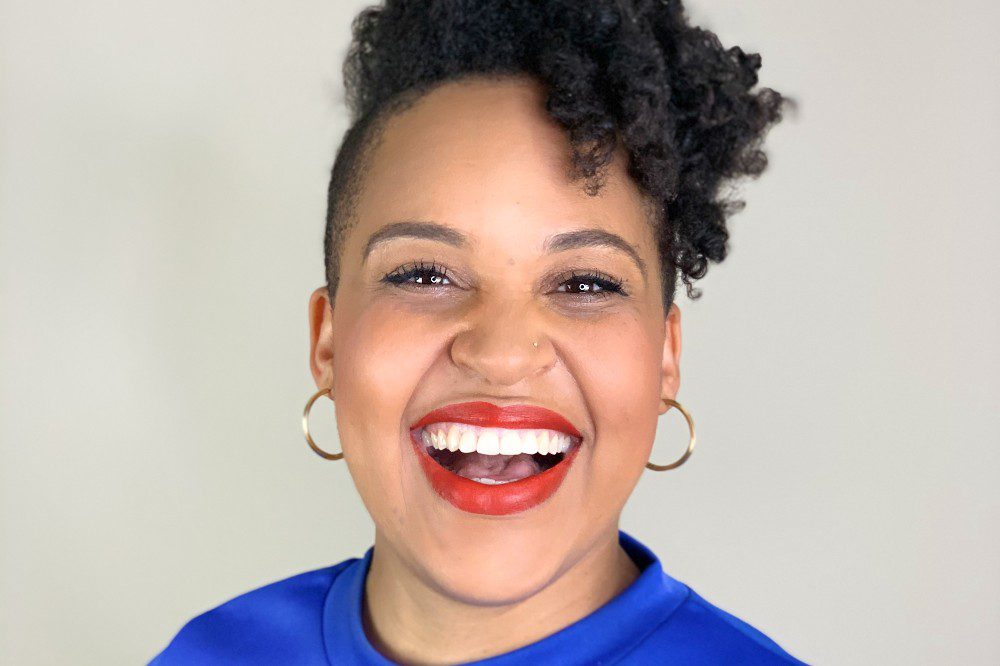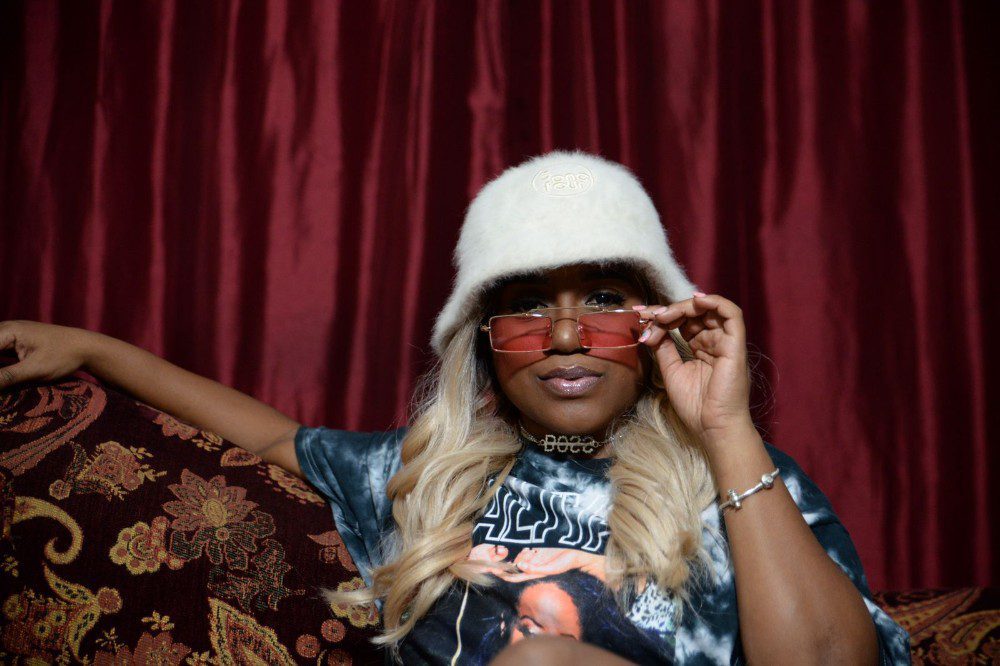

In the jazz tradition, the objectification and underestimation of women jazz vocalists (and instrumentalists) is commonplace. It’s a persistent discrimination that was written into the fabric of the genre 100 years ago, as a result of the social conventions of the time, which, in particular, barred most women from the smoky, late-night bars and clubs where the style was born. Women were also kept from learning the instruments traditionally associated with jazz, like saxophone, because it was considered a “male” pursuit.
Within this early jazz context, only the occasional woman singer and/or pianist could exist, and usually only as a sexual object. Remarkably, though the genre and the world have (somewhat) expanded their views of women since, the trope of a crooning, lipsticked singer leaning on the grand piano in her sequined dress remains a time-honored box that many in jazz still want women jazz artists to fit into.
This is a box that New York-based jazz vocalist and pianist, Lauren Lee, would rather avoid completely. This courage is what makes her new piano-vocal jazz record, The Queen of Cups, so special.
“I do not do music like that. I refuse to look like that. I’m not butch, but I’m not a girlie girl at all. I don’t wear dresses. I don’t sit with my legs together half the time,” says Lee, who released The Queen of Cups on April 30th via Ears & Eyes Records. “When your primary instrument is voice… I feel like either people want you to fit into the type of feminized sort of tier or they don’t want you there at all.”
Left to her own devices, Lee creates a swirling dream-space of interlocking, layered vocal melodies supported by adventurous, forward-thinking harmony on The Queen of Cups. With ease and authenticity, Lee turns the typical piano-vocal jazz record on its head, while subtly highlighting how the typical view of women jazz vocalists—that they’re just “eye candy” and that they don’t really understand the intricacies of jazz music—is preposterous.
“I wanted to do something that was very different than that to make people think about what the future of what this type of record, or the future of jazz vocal stuff in general, could be like,” she says. “You’ve got textures, you’ve got bass, and you don’t have so many lyrics and you don’t have really busy, heavy piano solos with lots and lots of striding left hands and chord voicings and things like that.”
On each song of the solo album, she accompanies herself on piano with subtle chordal patterns, oftentimes singing and scatting in duet with her piano playing. Meanwhile, Lee approaches her voice like a saxophonist or trumpeter—singing complex, bebop-inspired lines, and rarely even bothering with lyrics. Her skillful vocal approach to scatting and phrasing is a nod to that of the first jazz artist she ever fell for, Ella Fitzgerald.
“I grew up in rural, like really rural, Illinois. I played piano starting from a very young age. I was in band, I played saxophone, but not jazz because we didn’t have that,” Lee remembers. “I was taking regular bel canto voice lessons – I started getting frustrated around 16, 17. My voice teacher, who was a classical singer was like, wow, I have no idea what to do with you. [She said] ‘Here is a CD of Ella Fitzgerald,’ and I took it and played it in the car on the way home and I was kind of like, what is this? To this day, if I’m learning a new standard, she’s the first person I’d want to hear sing it, if she sings it.”
Fascinated by Fitzgerald’s approach, Lee listened to her records over, and over, and over again until she could scat back every note verbatim. She also began writing out Fitzgerald’s solos, eventually going on to study jazz vocals in undergrad, which then led her to move to New York a year ago to continue her education at NYU.
Once in New York, Lee began to regularly play in trio and quartet settings, which is how she first envisioned the original music on The Queen of Cups would be presented. When the pandemic hit, shuttering venues, practice rooms, and recording studios along with it, she decided to go a route she’d never gone before—a solo record.
“In February of 2020 I recorded four of those tracks, the ones that are all layered, as an EP,” she says. These included “Another Reality,” “Cocoon,” “Boxes,” and “Up In the Air.” “I was writing the rest of the music that you hear on the record to do a trio record,” Lee continues. “I ended up getting a grant for recording [but] I didn’t want to expose anybody to anything and I didn’t know if studios would be down. I started revisiting some of the material that I originally wrote for the trio and I was like, you know, if I’m doing this totally by myself, I can really kind of mess with it a little more than I may have in a trio format.”
In the end, Lee found the process of making a solo recording unexpectedly rewarding and she hopes to do it again. As well, the solo format allows the listener to really understand the breadth of Lee’s creative voice—her whimsical melodic ideas, clean, unadorned vocal presentation, and strong sense of modern composition which shines through, even on her renditions of jazz standards like “Footprints.”
The record ends, poetically, with Lee’s original, “Cocoon,”—an eerie and poignant tune that lyrically chronicles Lee’s deepened sense of self-acceptance and awakening. As she sings, “I can come out of my cocoon,” there is sense of hope and comfort in Lauren’s becoming and in what The Queen of Cups says about who women in jazz can be 2021—a multitude.
Follow Lauren Lee on Facebook and Instagram for ongoing updates.




